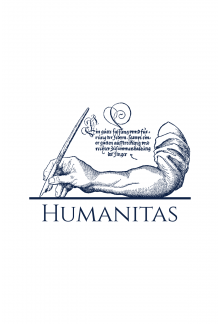- Home
- Academic & Professional Literature
- Medicine: Biomedical Sciences
- Public Health & Nursing
- Edmunds' Pharmacology for the Primary Care Provider

Edmunds' Pharmacology for the Primary Care Provider
Author : Rebecca M. Lutz
Published: 2022
Publisher: Elsevier
Language: English
Format: Paperback / softback
Format: 10.875×8.5
<p>Build the knowledge and skills you need to safely and effectively prescribe drugs for primary care! <b>Edmunds' Pharmacology for the Primary Care Provider, 5th Edition </b>is written for Nurse Practitioners, Physician Assistants, and other advanced practice prescribers. Unlike other pharmacotherapeutics textbooks, this guide focuses on the drugs most commonly used in primary care settings. A new chapter format and body-system approach make learning easier, and standardized clinical guidelines ensure best practices in care. Updated and impeccably accurate drug content includes the latest drug classes, specific drugs, and therapeutic uses in primary care. From a team of new authors led by educator Constance G. Visovsky, this text emphasizes health promotion strategies and adds new chapters on pharmacogenetics, drugs for ADHD, nutritional supplements, and more.</p><ul><b> <li>Comprehensive pharmacotherapeutics content</b> is written specifically for Nurse Practitioners, other Advanced Practice Nurses, and Physician Assistants.</li> <li><b>Focus on key drugs </b>highlights the most commonly prescribed and most representative drugs of each major drug class — with particular emphasis on the top 100 prescribed drugs.</li> <li><b>Emphasis on patient teaching </b>helps you communicate with patients and family caregivers to promote adherence to the drug regimen.</li> <li><b>Emphasis on health promotion </b>describes how to help patients stay well and improve their health, including coverage of vitamins, weight management, immunizations and biologicals, and smoking cessation. </li> <li><b><i>Complementary and Alternative Therapies</i> tables</b> highlight significant dietary and herbal interactions with FDA-approved drugs.</li></ul><ul><b> <li>NEW! Thoroughly updated content</b> reflects the latest drug information and current thinking on pharmacologic management.</li> <li><b>NEW macro- and chapter-level organization</b> is based on body systems rather than drug classes, for better coverage of the medications prescribed for the health problems affecting specific body systems.</li> <li><b>NEW and UNIQUE! Chapter format</b> begins with an overview of anatomy, physiology, and disease processes — as opposed to drug classes or drug types — and then follows the World Health Organization’s<i> Process for Rational Prescribing, </i>using a six-step approach to drug selection and discussing first-, second-, and third-line treatments for each specific problem.</li> <li><b>NEW! Practical learning aids</b> include:</li> <li><b><i>Black Box Warning</i> boxes</b> that draw attention to critical drug safety precautions.</li> <li><b><i>Clinical Guidelines</b>: <b>Bookmark This </i>features</b> that identify websites where updated clinical guidelines can be found. </li> <li><b><i>Medication Dosages</i> tables </b>that<b> </b>include dose ranges, maintenance doses, and, where appropriate, plans for dose escalation and de-escalation (e.g., corticosteroids).</li> <li><b><i>Practice Pearls</i> boxes</b> that highlight good prescribing practices, safety measures, follow-up recommendations, serum blood level monitoring, referrals to specialty providers, and other key prescriber tips.</li> <li><b>NEW! <i>Prescribing Considerations</i> unit </b>addresses issues of medication adherence, prescription writing, cost, and quality assurance.</li> <li><b>NEW! Updated coverage of pain management </b>reflects the current realities of substance use and the opioid crisis.</li></ul>
